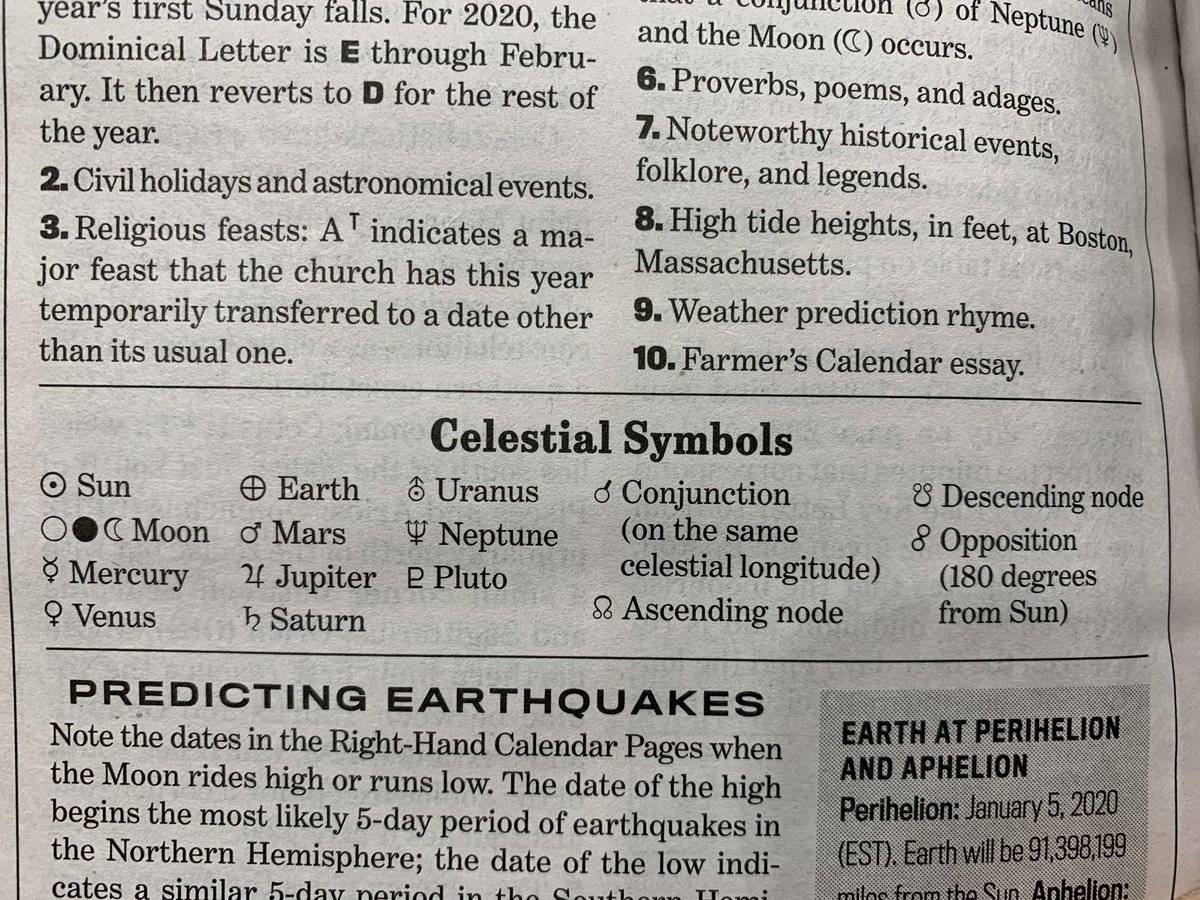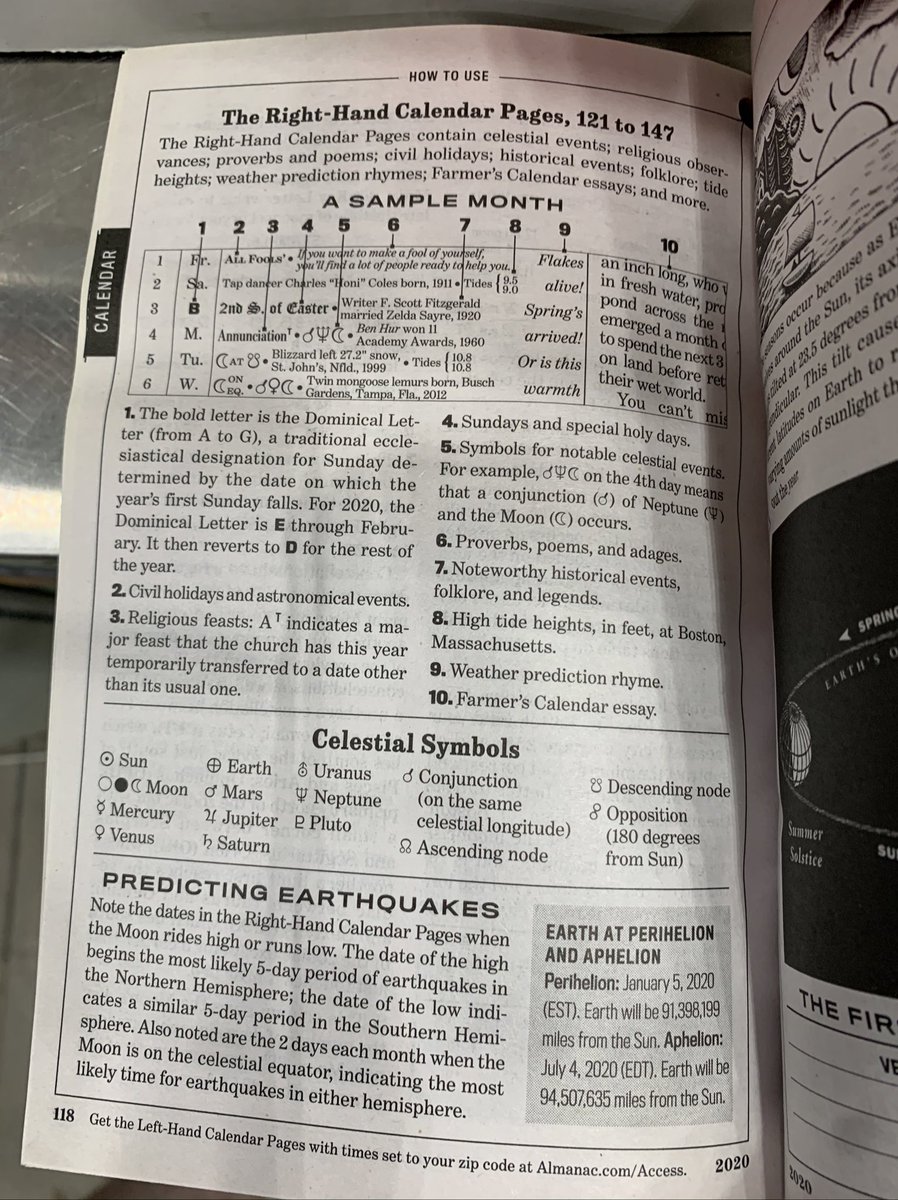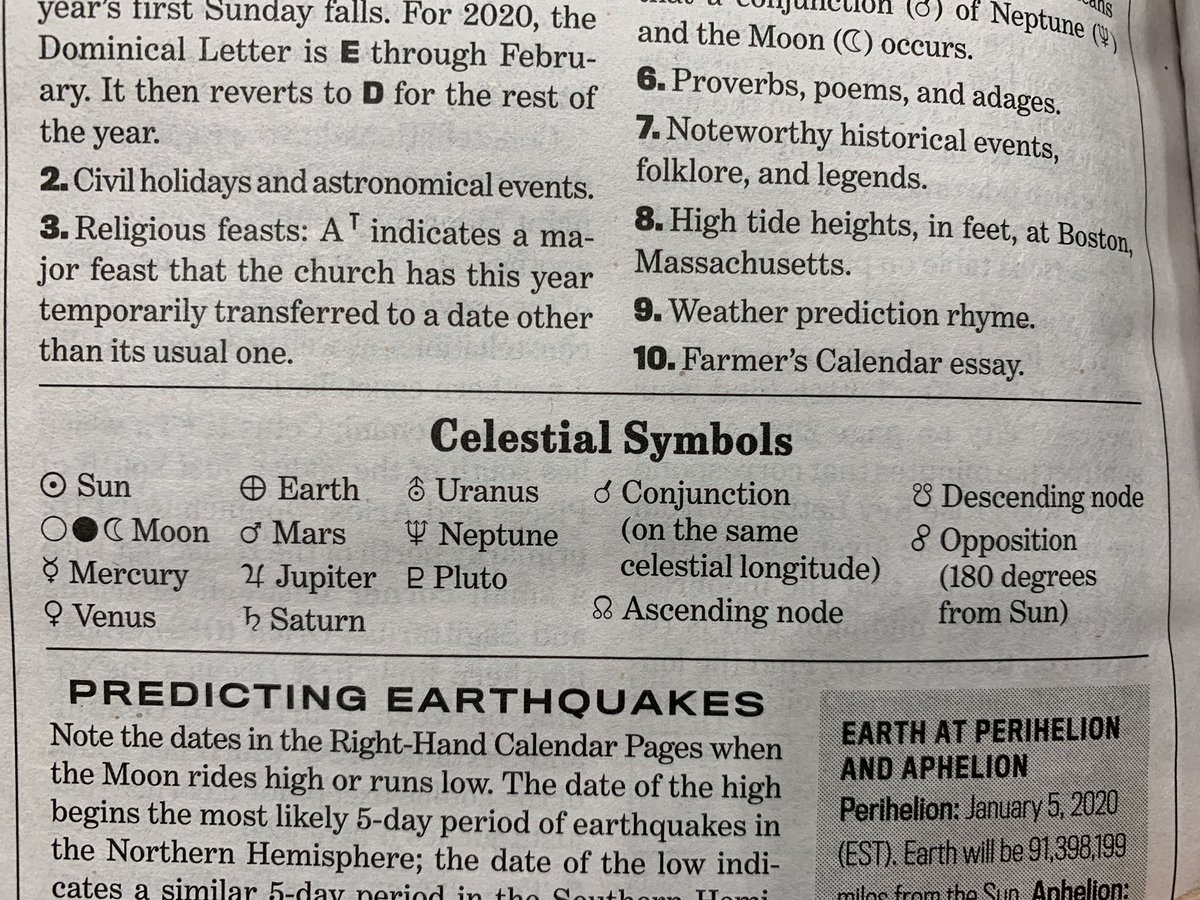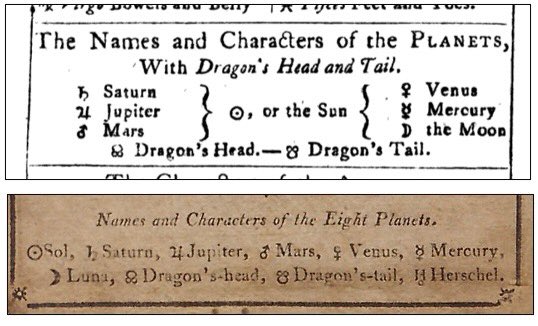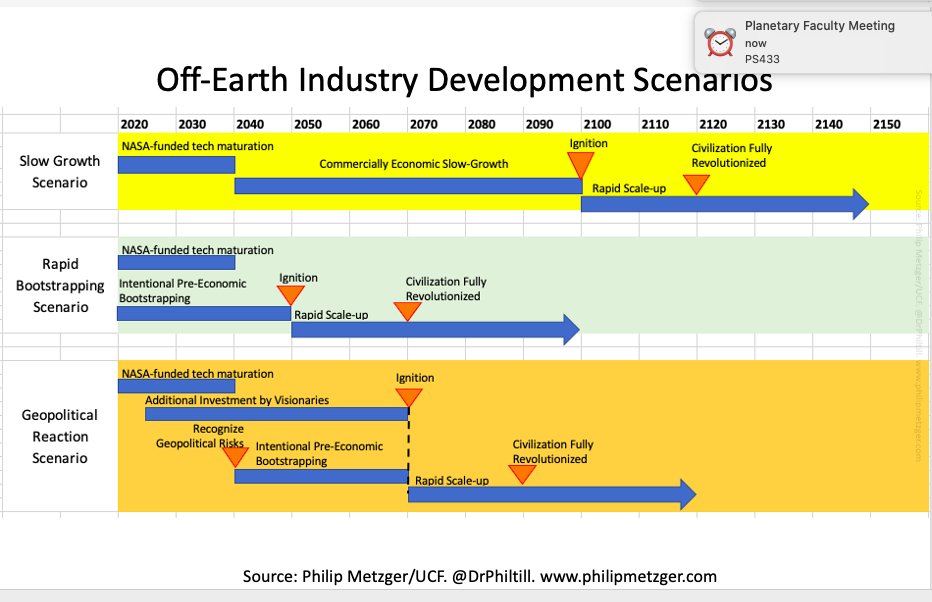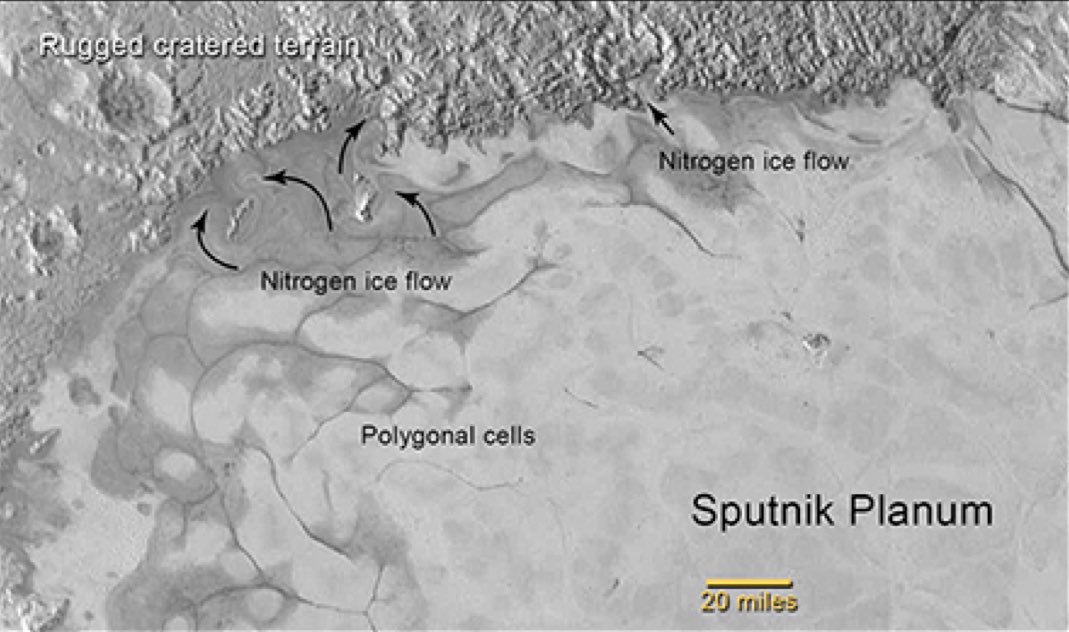
2/ Remembering the strange things I looked into, so long ago... Analyzing the sandblasting on the Surveyor 3 landing strut, which was clipped off the Surveyor by Apollo 12 astronauts who visited its landing site 2.5 years later. 

This is the one that went to a volcano for a field testing with a rocket thruster blowing volcanic ash. Poor notebook had a rough go of it! 

4/ Trying to figure out which directions the soil flows in and around a growing crater under the rocket exhaust. (This is for Mars.) We made good progress but still trying to solve it. Will be supporting @mastenspace on some exciting experiments over the next year and a half. 

5/ A tangent into granular physics theory. This equation is an early version of the Boltzmann collision integral extended to multiple time dimensions with time symmetry in each. *Believe it or not*, this correctly solves the micromechanical forces in sand. journals.aps.org/pre/abstract/1… 

6/ Ah, I recall this. If 3 sand grains are touching, they can’t rotate since they can’t alternate clockwise/counterclockwise around the loop. But loops of 4 grains can rotate. Put that info into a matrix and it predicts some cool things about sand piles. aip.scitation.org/doi/pdf/10.106… 





7/ It predicted that every little frustrated loop of “gears” can preserve a quantum of locked-in stress inside the loop. The loop stresses are independent of the external stress applied to the sand pile. They are fossilized thermal vibrations from before the pile became static. 
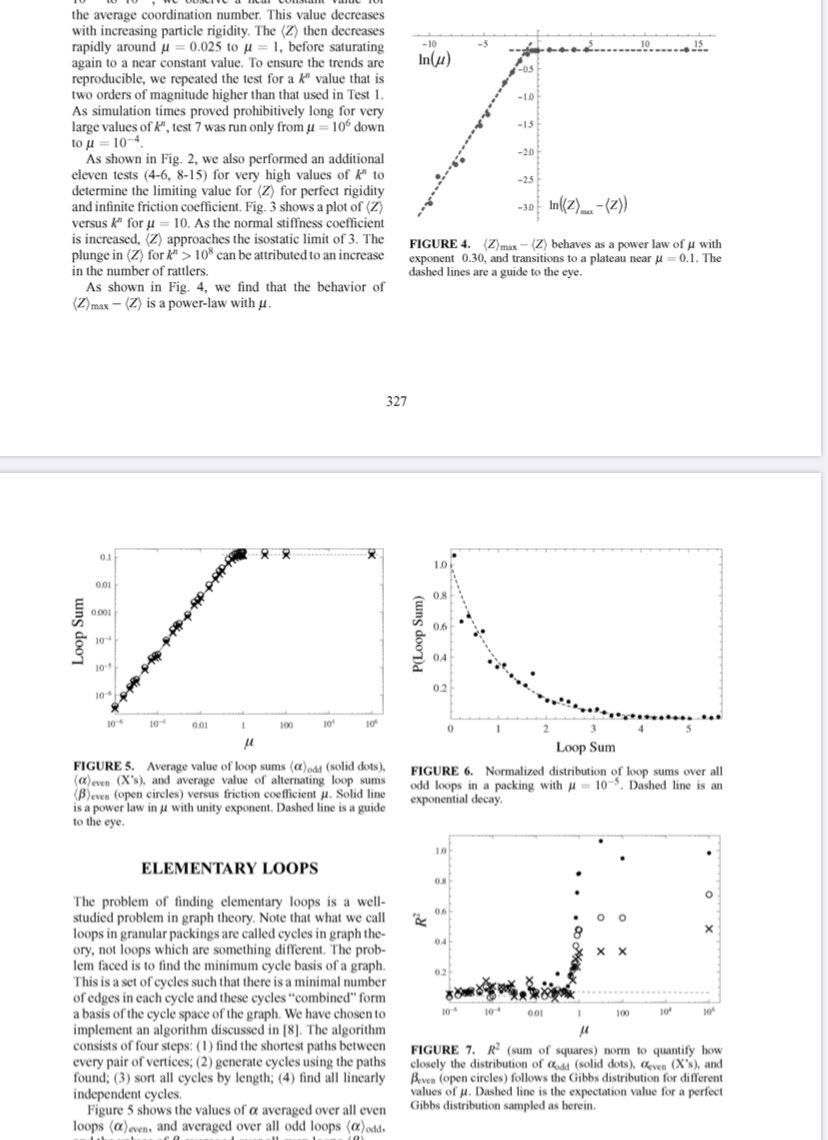
8/ A granular jamming diagram and below that a sketch of an alligator claw print. This is when we were founding the KSC Swamp Works and trying to decide how to brand it. The robot alligator beat out the claw print. 

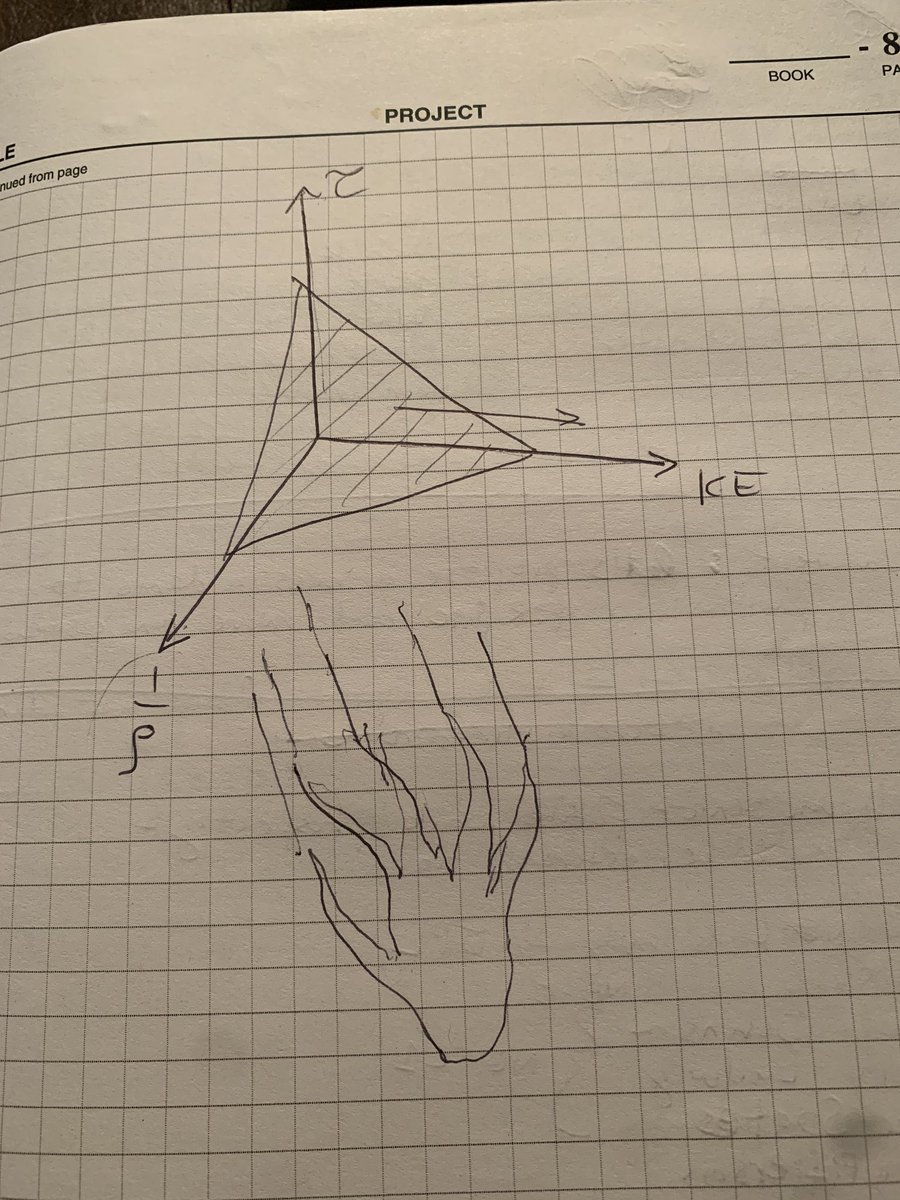

9/ Kind of ridiculous. About 9 years ago, I was listing technologies that needed developing for the Moon, Mars, Ceres (😆), and...comets??? 😅 And for some reason I decided to use their astronomical symbols instead of writing the names, lol.🙄 I think I just liked Ceres’ symbol. 

10/ Oh, and then there was the next page, where “Roadmap” and “Dust Mitigation” for some reason turned into Lord of the Rings 🙄😂 

11/ AHA!!! Here’s an idea to speed up 3D printing of lunar soil. Just melt the darned soil into lava and pour it into moulds. Brute force method! (I’m showing this since it can’t be patented and I have no plans to pursue the idea further. Have at it.) 

12/ I remember doing this during a layover in the Charlotte airport. I had to develop a 2D axisymmetric version of the Crank Nicolson method of integrating the heat flow equation. This predicts how heat flows around a lunar drill. Did this for the Resource Prospector mission. 

14/ Some elvish, and a sketch from a talk I saw @JeffGreason give at a conference: how to hold down a giant pressurized dome in low lunar gravity. 

15/15 Some sketches while analyzing experiments of gas jets blasting craters in various granular materials. We saw a lot of really weird phenomena. This part of the research was started by @LauraForczyk when she interned with me at NASA, and is still ongoing with @mastenspace. 

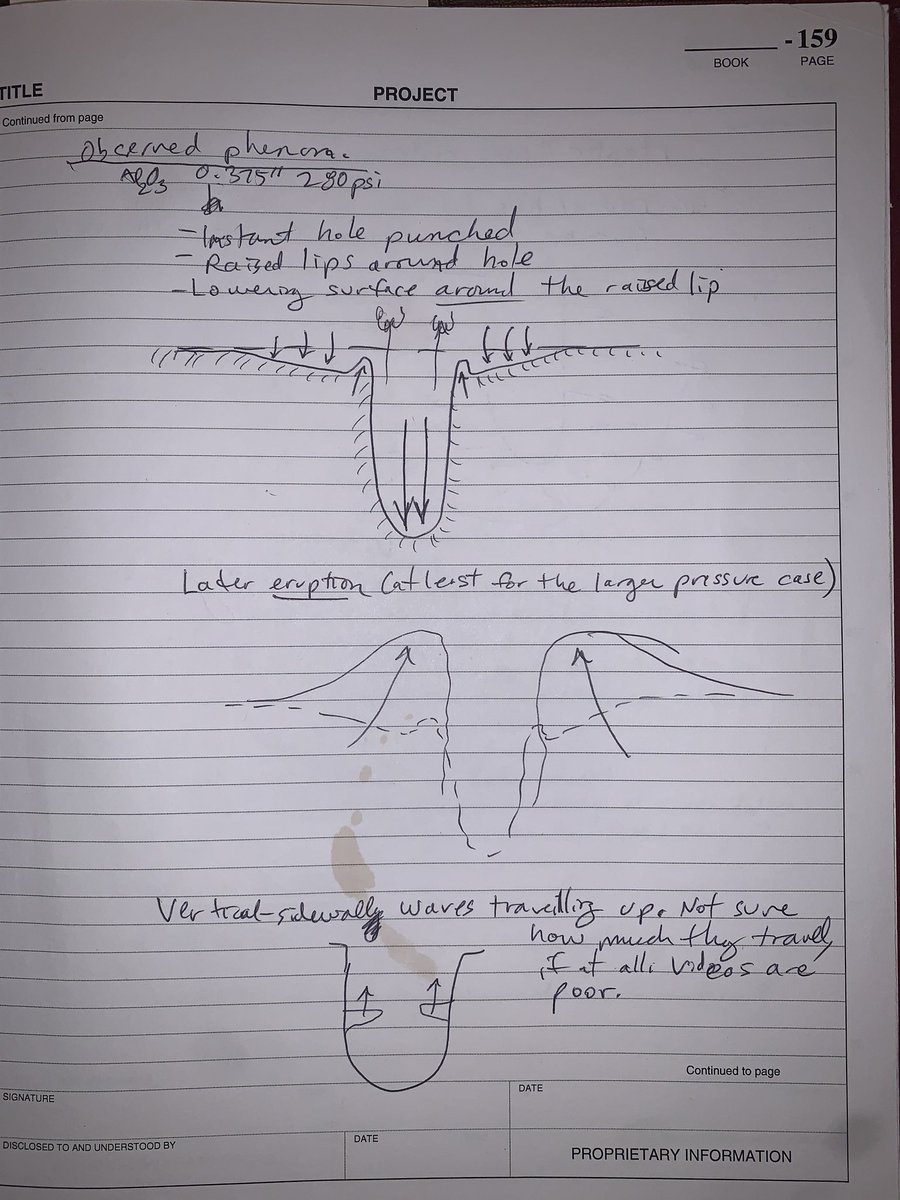

• • •
Missing some Tweet in this thread? You can try to
force a refresh





